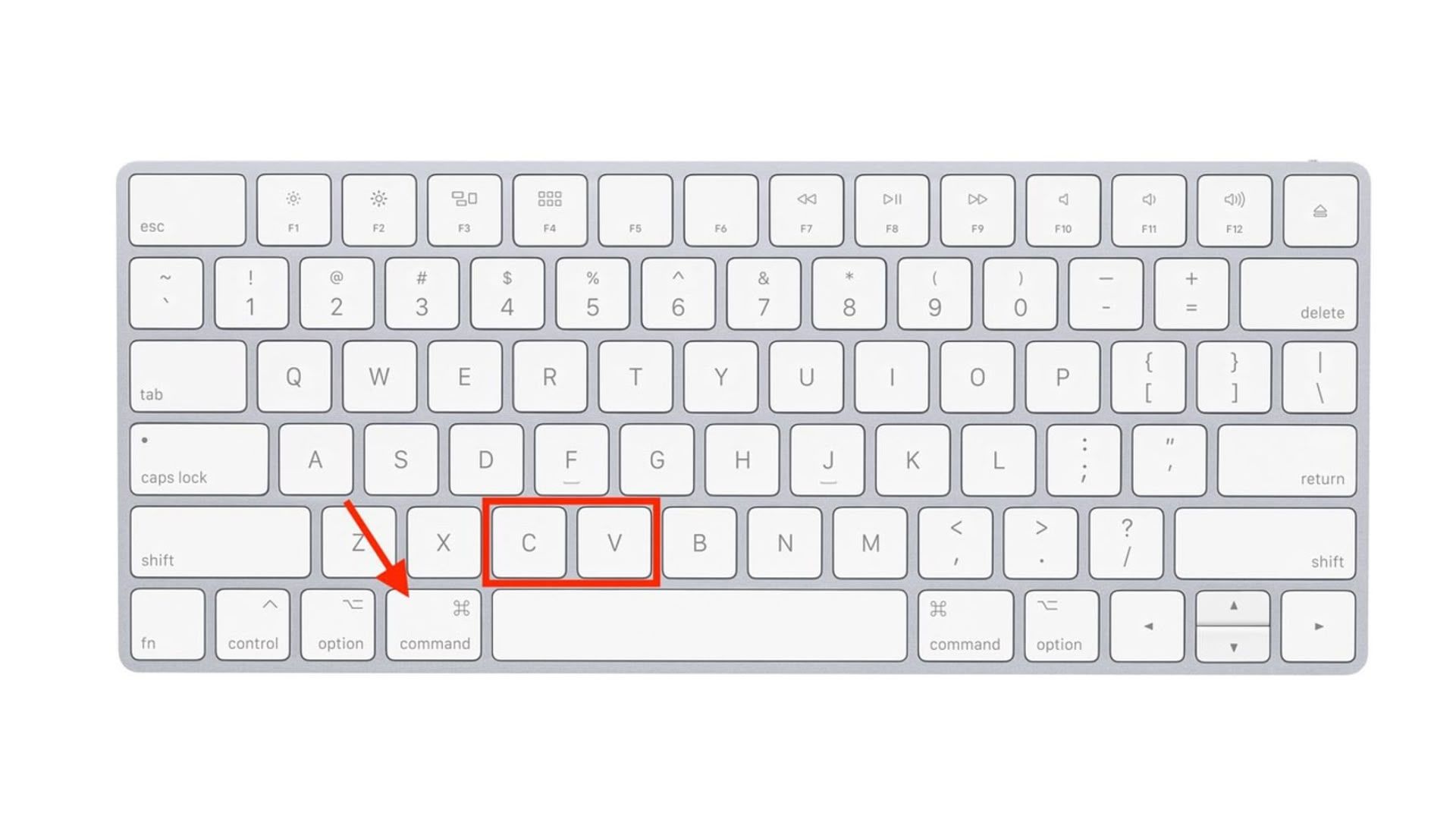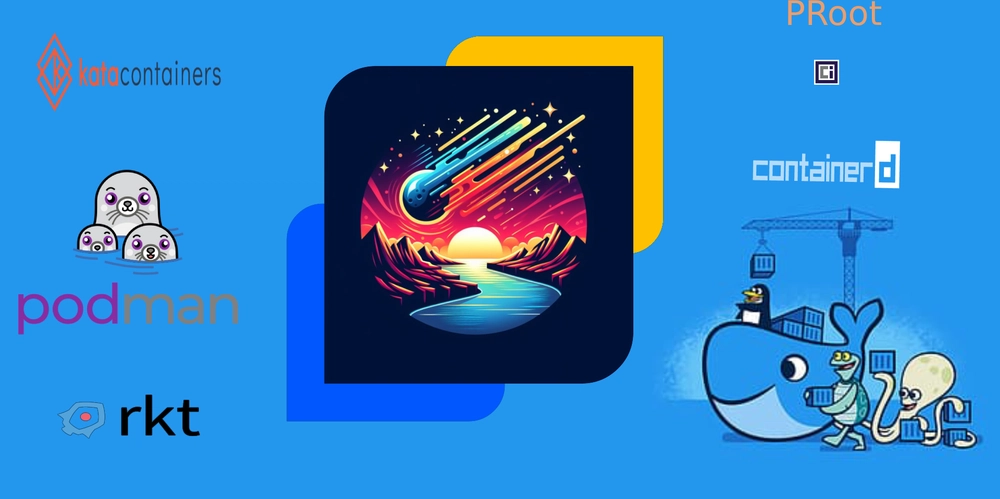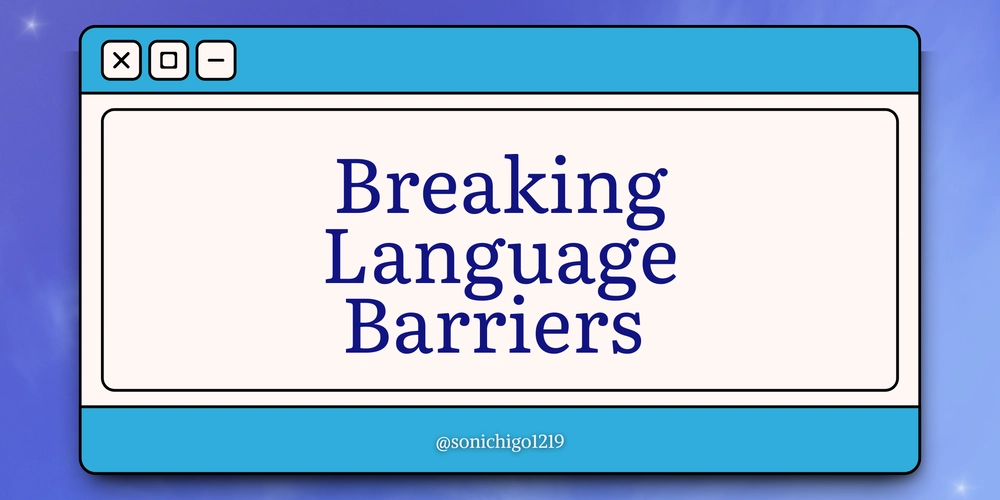Game Theory Meets AI: Real-World Applications of AI Game Playing in 2025
Artificial Intelligence has come a long way from beating humans in board games to solving complex problems across real-world domains. At the intersection of Game Theory and AI Game Playing, 2025 marks a transformative year—where decision-making strategies once confined to chessboards are now shaping industries like finance, cybersecurity, and autonomous systems. This article explores how AI game-playing techniques, rooted in game theory, are applied in today’s fast-paced digital world—and why understanding them is vital for AI engineers and product leaders. Game Theory + AI: A Powerful Duo Game Theory is the mathematical study of strategic interactions where the outcome depends on the actions of multiple agents. When combined with AI, these concepts enable machines to simulate, learn, and respond in environments with competing goals. From the Minimax algorithm to Monte Carlo Tree Search (MCTS) and Alpha-Beta pruning, these classic AI techniques empower systems to make optimal moves—not just in games, but in dynamic, uncertain environments. Real-World Applications of AI Game Playing in 2025 1. Autonomous Vehicles Application: Navigating traffic involves strategic decisions where other drivers are unpredictable agents. Game Playing Role: Algorithms use simulation-based decision trees to anticipate and react to nearby vehicle behaviors. 2. Financial Trading Bots Application: AI bots compete with one another in milliseconds on the stock market. Game Playing Role: Game-theoretic models help simulate adversarial conditions and adjust strategies based on competitors. 3. Cybersecurity Application: Defenders and attackers operate in a constant loop of action and counteraction. Game Playing Role: AI systems use game theory to detect anomalies and predict intrusion strategies. 4. E-sports and Online Gaming Application: AI-powered non-player characters (NPCs) and real-time game assistants. Game Playing Role: Decision trees help bots adapt to human player styles, offering more competitive experiences. 5. Negotiation & Diplomacy Tools Application: AI assistants simulating optimal negotiation strategies in business and politics. Game Playing Role: Turn-based simulation models from AI game theory guide decision-making under multiple scenarios. Key Algorithms You Should Know Minimax Algorithm Optimal for two-player, zero-sum games like Tic-Tac-Toe and Chess. Alpha-Beta Pruning Enhances Minimax by eliminating suboptimal branches in decision trees. Monte Carlo Tree Search (MCTS) Widely used in Go, this probabilistic method improves decision-making in complex environments. Want to go deeper into the mechanics and real implementations of these algorithms? Check out this expert post that breaks down game-playing in AI step by step: Game Playing in Artificial Intelligence – Applied AI Blog Why It Matters in 2025 As AI evolves to handle multi-agent, adversarial, and competitive scenarios, game-playing techniques are no longer just academic curiosities. They form the backbone of intelligent negotiation, strategic planning, and risk assessment in the real world. In 2025, companies that harness these algorithms aren’t just building smarter products—they’re building strategically aware systems that understand, predict, and adapt like human experts. Final Thoughts Game-playing AI has matured far beyond its origins in chess. With applications expanding across industries and AI systems making real-time, adversarial decisions daily, understanding the role of game theory in AI is now a core skill for tech professionals. Dive into the logic behind AI’s most strategic moves: Read the full breakdown on AI Game Playing here Game Playing in Artificial Intelligence – Applied AI Blog
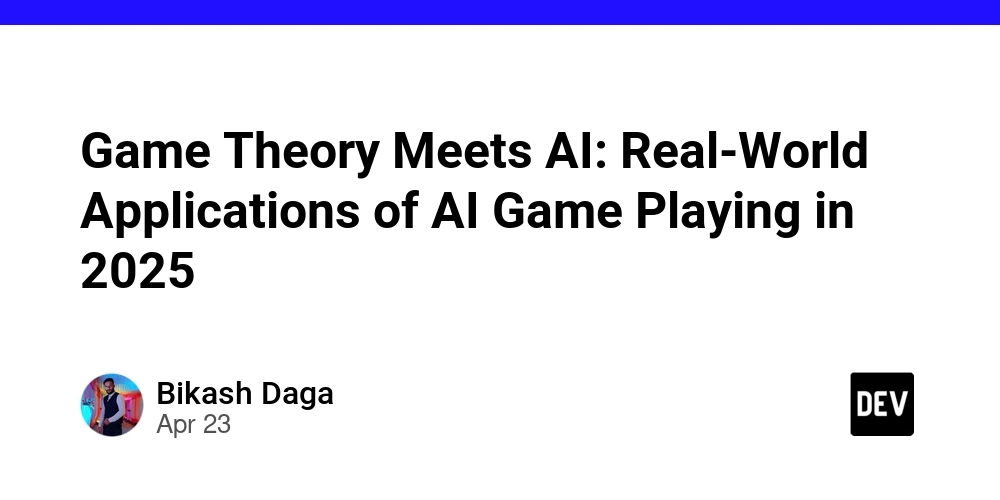
Artificial Intelligence has come a long way from beating humans in board games to solving complex problems across real-world domains. At the intersection of Game Theory and AI Game Playing, 2025 marks a transformative year—where decision-making strategies once confined to chessboards are now shaping industries like finance, cybersecurity, and autonomous systems.
This article explores how AI game-playing techniques, rooted in game theory, are applied in today’s fast-paced digital world—and why understanding them is vital for AI engineers and product leaders.
Game Theory + AI: A Powerful Duo
Game Theory is the mathematical study of strategic interactions where the outcome depends on the actions of multiple agents. When combined with AI, these concepts enable machines to simulate, learn, and respond in environments with competing goals.
From the Minimax algorithm to Monte Carlo Tree Search (MCTS) and Alpha-Beta pruning, these classic AI techniques empower systems to make optimal moves—not just in games, but in dynamic, uncertain environments.
Real-World Applications of AI Game Playing in 2025
1. Autonomous Vehicles
- Application: Navigating traffic involves strategic decisions where other drivers are unpredictable agents.
- Game Playing Role: Algorithms use simulation-based decision trees to anticipate and react to nearby vehicle behaviors.
2. Financial Trading Bots
- Application: AI bots compete with one another in milliseconds on the stock market.
- Game Playing Role: Game-theoretic models help simulate adversarial conditions and adjust strategies based on competitors.
3. Cybersecurity
- Application: Defenders and attackers operate in a constant loop of action and counteraction.
- Game Playing Role: AI systems use game theory to detect anomalies and predict intrusion strategies.
4. E-sports and Online Gaming
- Application: AI-powered non-player characters (NPCs) and real-time game assistants.
- Game Playing Role: Decision trees help bots adapt to human player styles, offering more competitive experiences.
5. Negotiation & Diplomacy Tools
- Application: AI assistants simulating optimal negotiation strategies in business and politics.
- Game Playing Role: Turn-based simulation models from AI game theory guide decision-making under multiple scenarios.
Key Algorithms You Should Know
Minimax Algorithm
Optimal for two-player, zero-sum games like Tic-Tac-Toe and Chess.Alpha-Beta Pruning
Enhances Minimax by eliminating suboptimal branches in decision trees.Monte Carlo Tree Search (MCTS)
Widely used in Go, this probabilistic method improves decision-making in complex environments.
Want to go deeper into the mechanics and real implementations of these algorithms?
Check out this expert post that breaks down game-playing in AI step by step:
Game Playing in Artificial Intelligence – Applied AI Blog
Why It Matters in 2025
As AI evolves to handle multi-agent, adversarial, and competitive scenarios, game-playing techniques are no longer just academic curiosities. They form the backbone of intelligent negotiation, strategic planning, and risk assessment in the real world.
In 2025, companies that harness these algorithms aren’t just building smarter products—they’re building strategically aware systems that understand, predict, and adapt like human experts.
Final Thoughts
Game-playing AI has matured far beyond its origins in chess. With applications expanding across industries and AI systems making real-time, adversarial decisions daily, understanding the role of game theory in AI is now a core skill for tech professionals.
Dive into the logic behind AI’s most strategic moves:
Read the full breakdown on AI Game Playing here
Game Playing in Artificial Intelligence – Applied AI Blog











































































































































































![[The AI Show Episode 144]: ChatGPT’s New Memory, Shopify CEO’s Leaked “AI First” Memo, Google Cloud Next Releases, o3 and o4-mini Coming Soon & Llama 4’s Rocky Launch](https://www.marketingaiinstitute.com/hubfs/ep%20144%20cover.png)

















































































































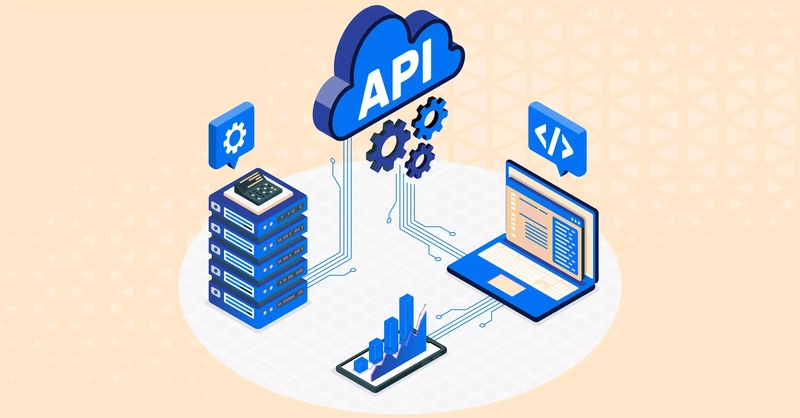






































![Is This Programming Paradigm New? [closed]](https://miro.medium.com/v2/resize:fit:1200/format:webp/1*nKR2930riHA4VC7dLwIuxA.gif)

























































































-Classic-Nintendo-GameCube-games-are-coming-to-Nintendo-Switch-2!-00-00-13.png?width=1920&height=1920&fit=bounds&quality=70&format=jpg&auto=webp#)





























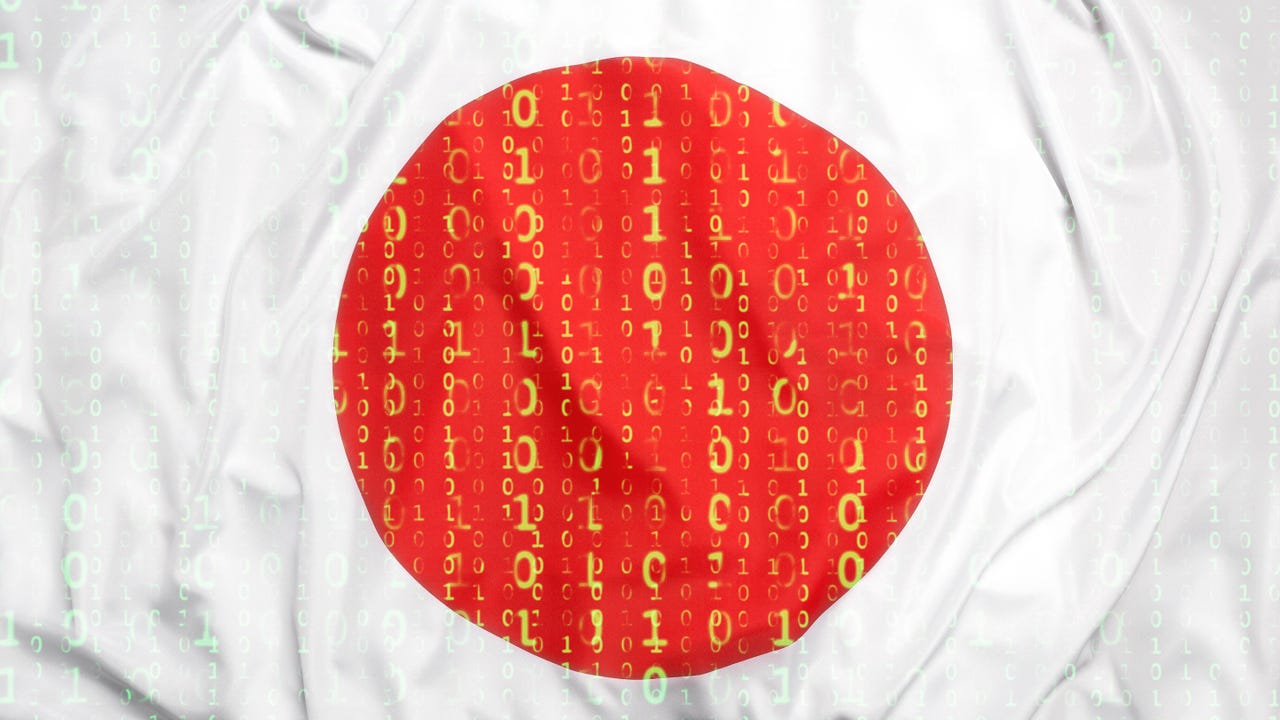

















































































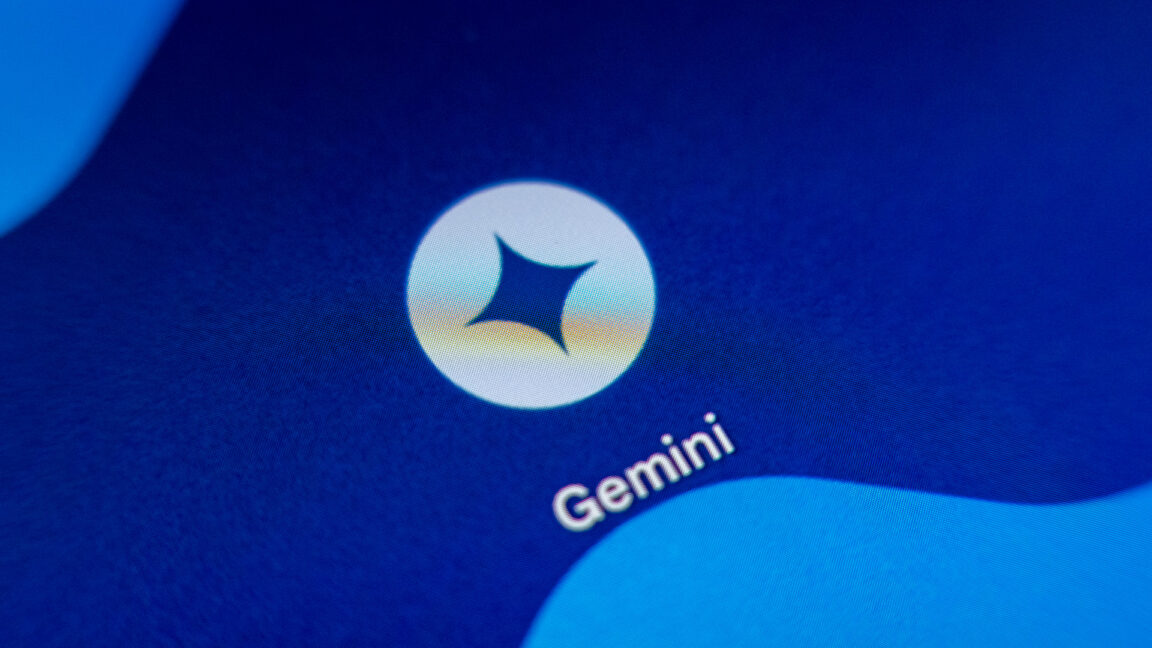


























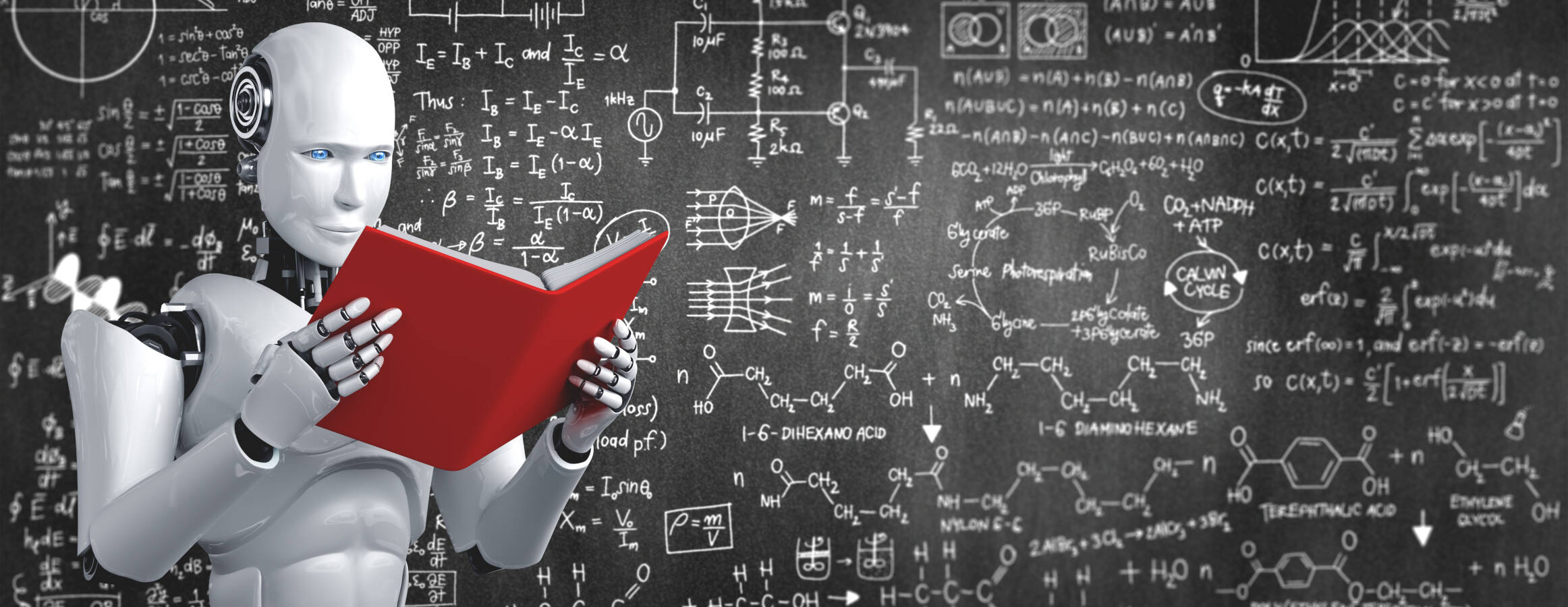
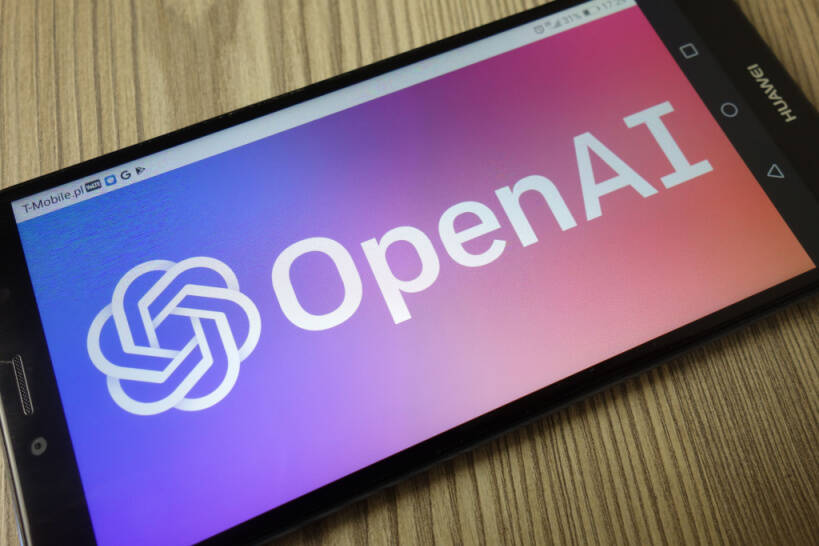


![New iPhone 17 Dummy Models Surface in Black and White [Images]](https://www.iclarified.com/images/news/97106/97106/97106-640.jpg)


![Hands-On With 'iPhone 17 Air' Dummy Reveals 'Scary Thin' Design [Video]](https://www.iclarified.com/images/news/97100/97100/97100-640.jpg)












































